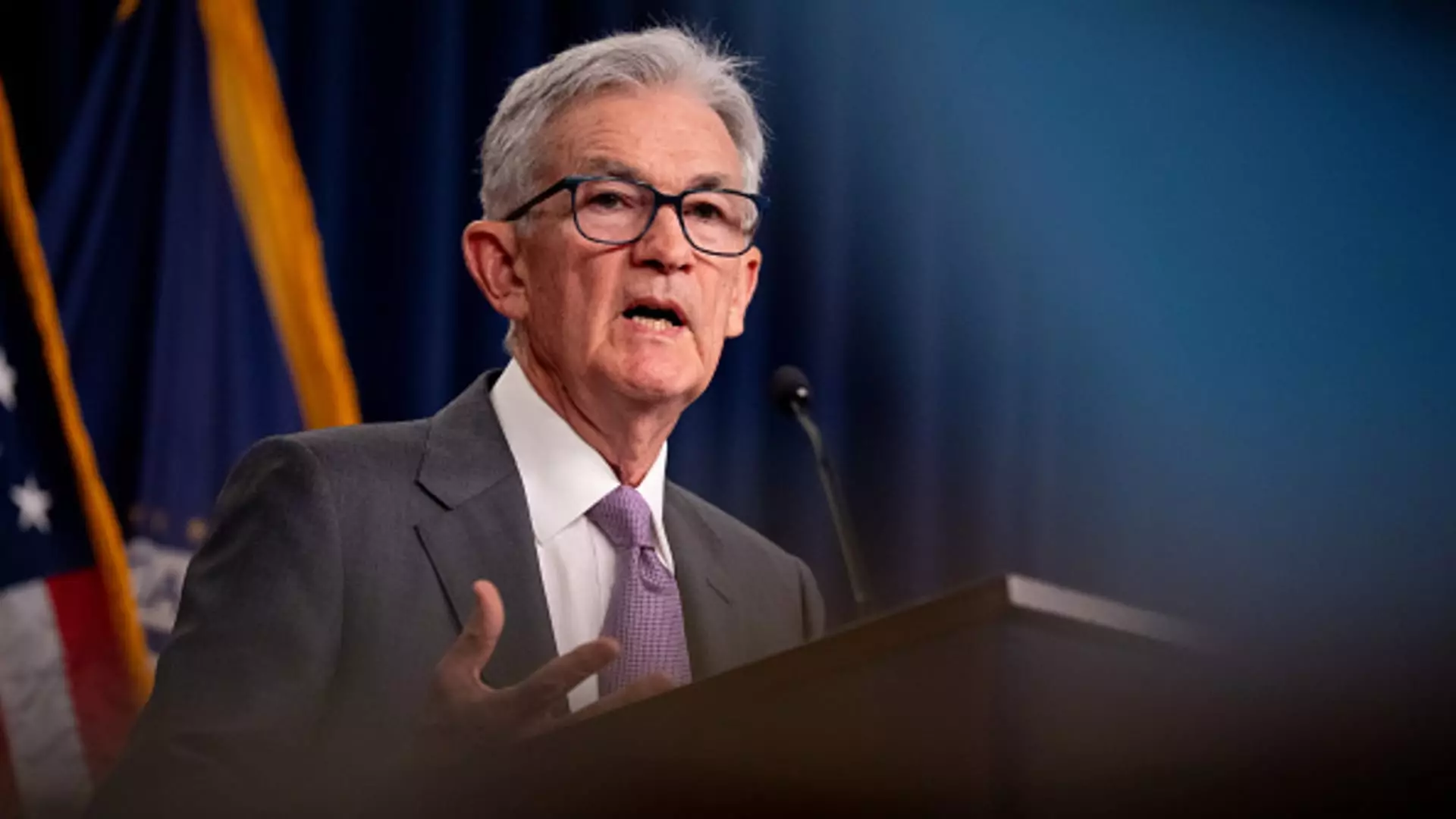The debate around the U.S. Federal Reserve’s potential rate cut has been ongoing, with experts and analysts offering differing opinions on the matter. While some believe that a 50 basis point rate cut would be beneficial in supporting job growth and demonstrating the Fed’s readiness to act, others warn that such a move could send the wrong message to the markets and economy.
Michael Yoshikami, CEO of Destination Wealth Management, is in favor of a bigger rate cut, stating that it would show the Fed’s commitment to supporting the economy. He believes that such a move would not necessarily signal concerns of a broader downturn, but rather proactive measures to prevent one.
On the other hand, some experts, such as economist George Lagarias, caution against a 50 basis point cut. Lagarias believes that such a drastic measure could be interpreted as a sign of urgency, potentially leading to a self-fulfilling prophecy of economic instability.
Despite conflicting opinions, market analysts like Thanos Papasavvas recognize a rise in concern around the possibility of an economic downturn. However, Papasavvas highlights that key economic indicators, such as manufacturing and unemployment rates, remain resilient, suggesting that the likelihood of a recession may be relatively contained.
The recent market sell-off and volatility have sparked speculation about the Federal Reserve’s next move. While traders are currently predicting a 25 bps rate reduction in September, there is still a significant percentage expecting a larger cut. This uncertainty reflects the divergent views on the state of the economy and the appropriate response from the Fed.
As the Federal Reserve prepares for its upcoming meeting, the decision on the size of the rate cut will be closely watched by investors and market participants. While there are valid arguments for both a 25 bps and a 50 bps cut, the ultimate impact on the economy and market sentiment remains uncertain. As experts continue to debate the potential implications of a jumbo rate cut, the Fed faces the challenge of balancing immediate economic concerns with long-term stability.

